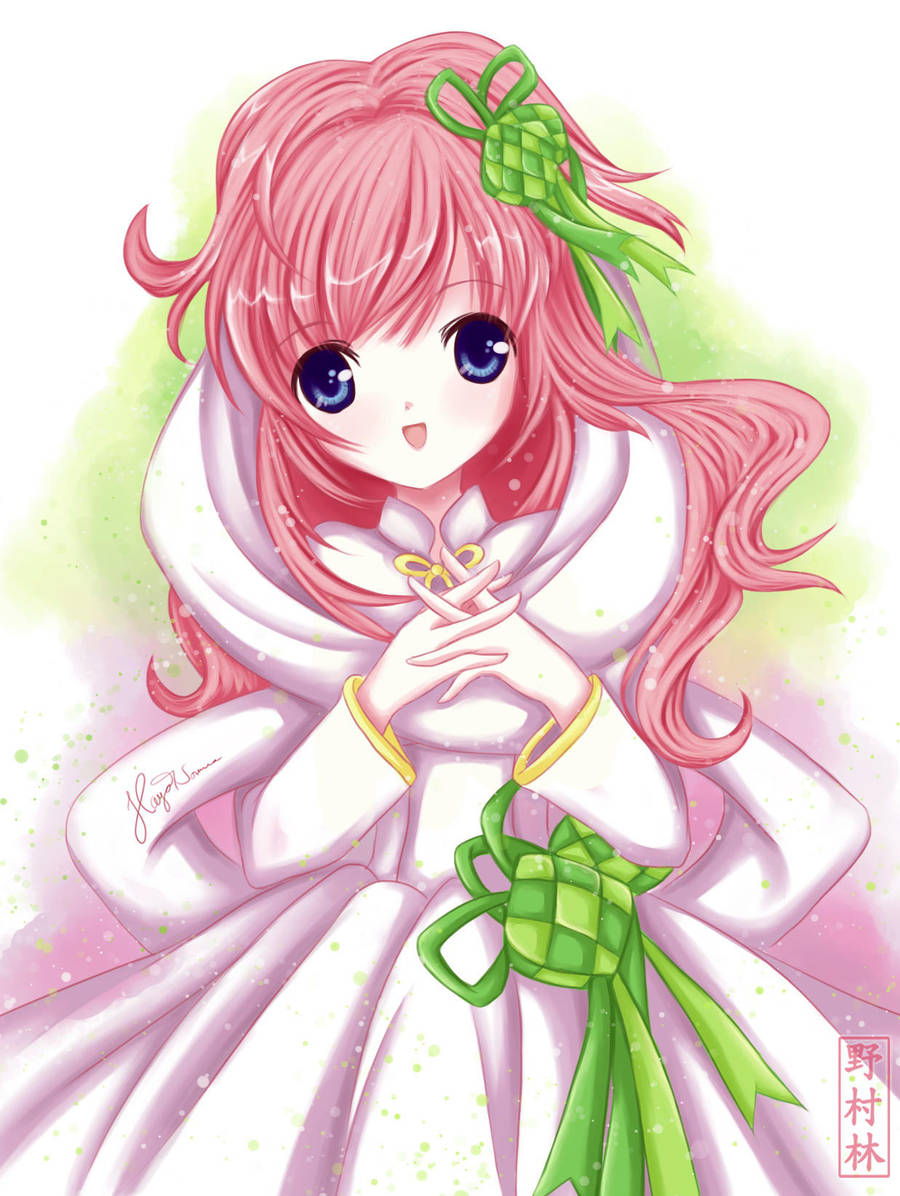Why would I even be reading Tumblr’s (social networking site and microblogging platform) terms of service, privacy policies, guidelines, rules, and other such information anyway? Sounds like such a boring chore, huh?
Actually, it’s not that bad. But let’s start with the first question. Tumblr seemed interesting enough to me, so I considered starting a blog on Tumblr.
(Update: I've started several blogs on Tumblr and have even made some themes)
Of course, before I registered or signed up, I first wanted to know all about its TOS, policies, rules, etc, so I know what I’m agreeing to and what to expect and what will be happening.
I thought reading all this would be like reading most of the usual terms and policies wherein everything would be full of legal jargon and it would take a while before you can finish reading all of them.
Why? Because, not only will these stuff be horrendously long, it will also be utterly boring and you’ll definitely be needing a break every now and then (because who can read all this in one sitting, right?).
It’s different with Tumblr though, and it’s a good kind of different. Of course, it still took me a while to read all those stuff because there’s a lot, and I've other things to do and take care of.
But reading all those terms and rules didn’t really feel like a chore at all, and it wasn’t all that boring either.
*Notes:
- Image is by tsukkaomi (CC:BY-SA) from deviantArt
- This was previously published elsewhere on Friday, December 2, 2016 at 11:37 AM
Actually, it’s not that bad. But let’s start with the first question. Tumblr seemed interesting enough to me, so I considered starting a blog on Tumblr.
(Update: I've started several blogs on Tumblr and have even made some themes)
Of course, before I registered or signed up, I first wanted to know all about its TOS, policies, rules, etc, so I know what I’m agreeing to and what to expect and what will be happening.
I thought reading all this would be like reading most of the usual terms and policies wherein everything would be full of legal jargon and it would take a while before you can finish reading all of them.
Why? Because, not only will these stuff be horrendously long, it will also be utterly boring and you’ll definitely be needing a break every now and then (because who can read all this in one sitting, right?).
It’s different with Tumblr though, and it’s a good kind of different. Of course, it still took me a while to read all those stuff because there’s a lot, and I've other things to do and take care of.
But reading all those terms and rules didn’t really feel like a chore at all, and it wasn’t all that boring either.
*Notes:
- Image is by tsukkaomi (CC:BY-SA) from deviantArt
- This was previously published elsewhere on Friday, December 2, 2016 at 11:37 AM





















